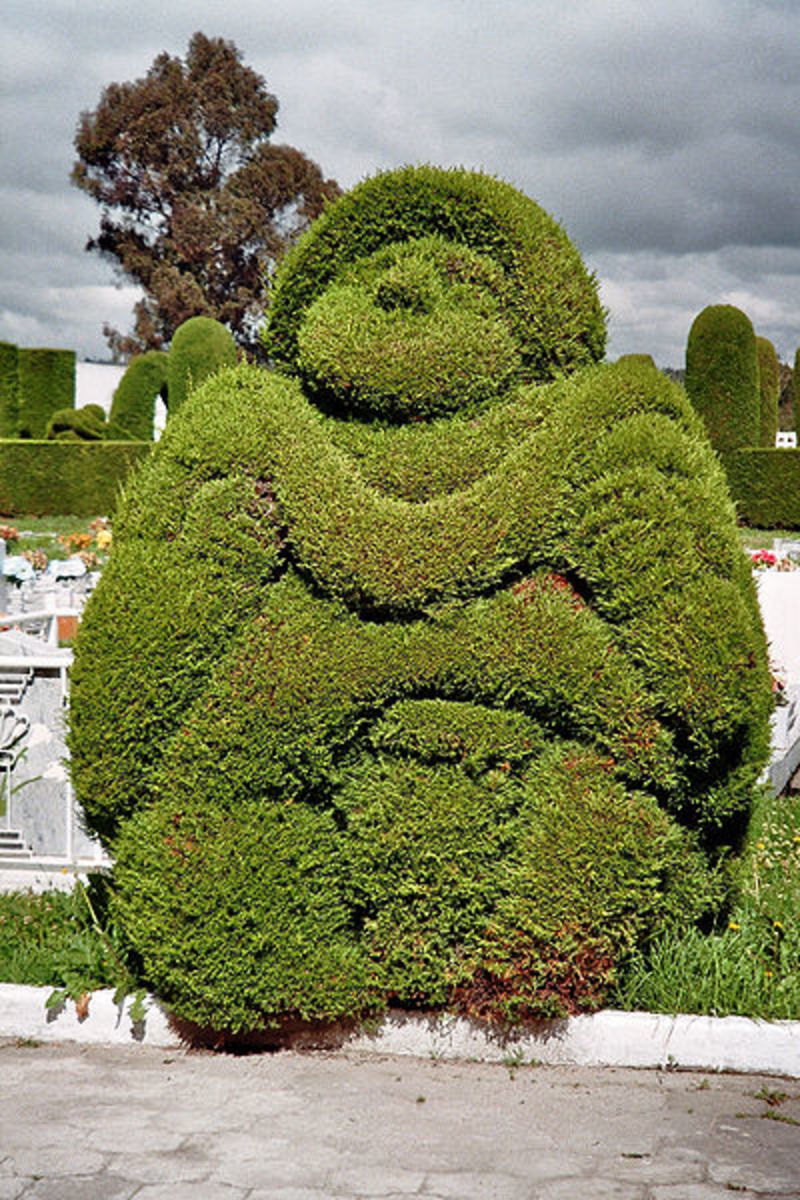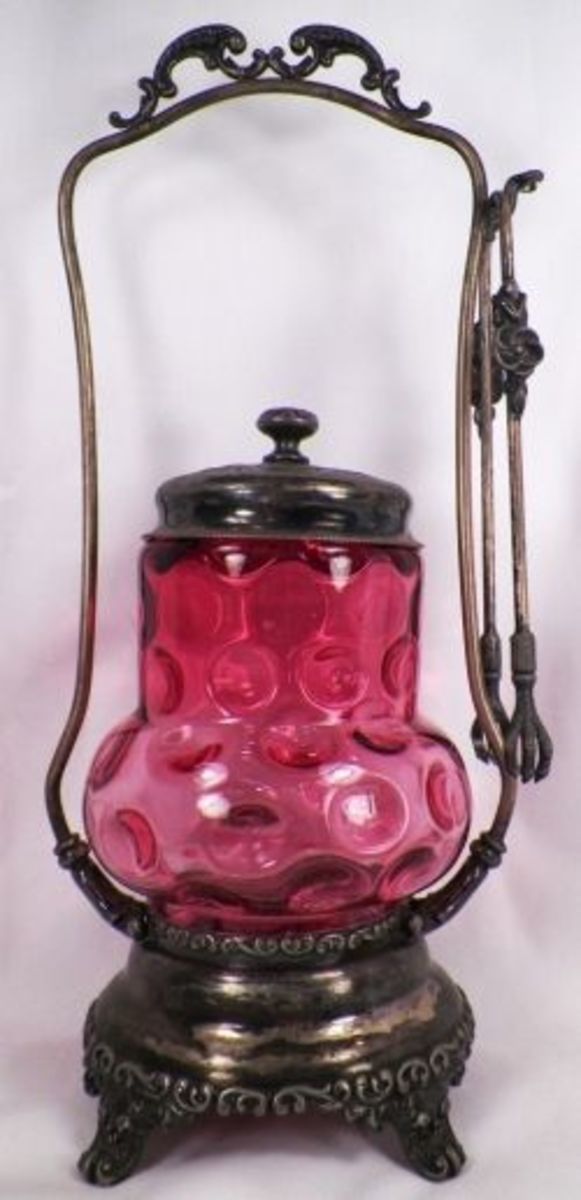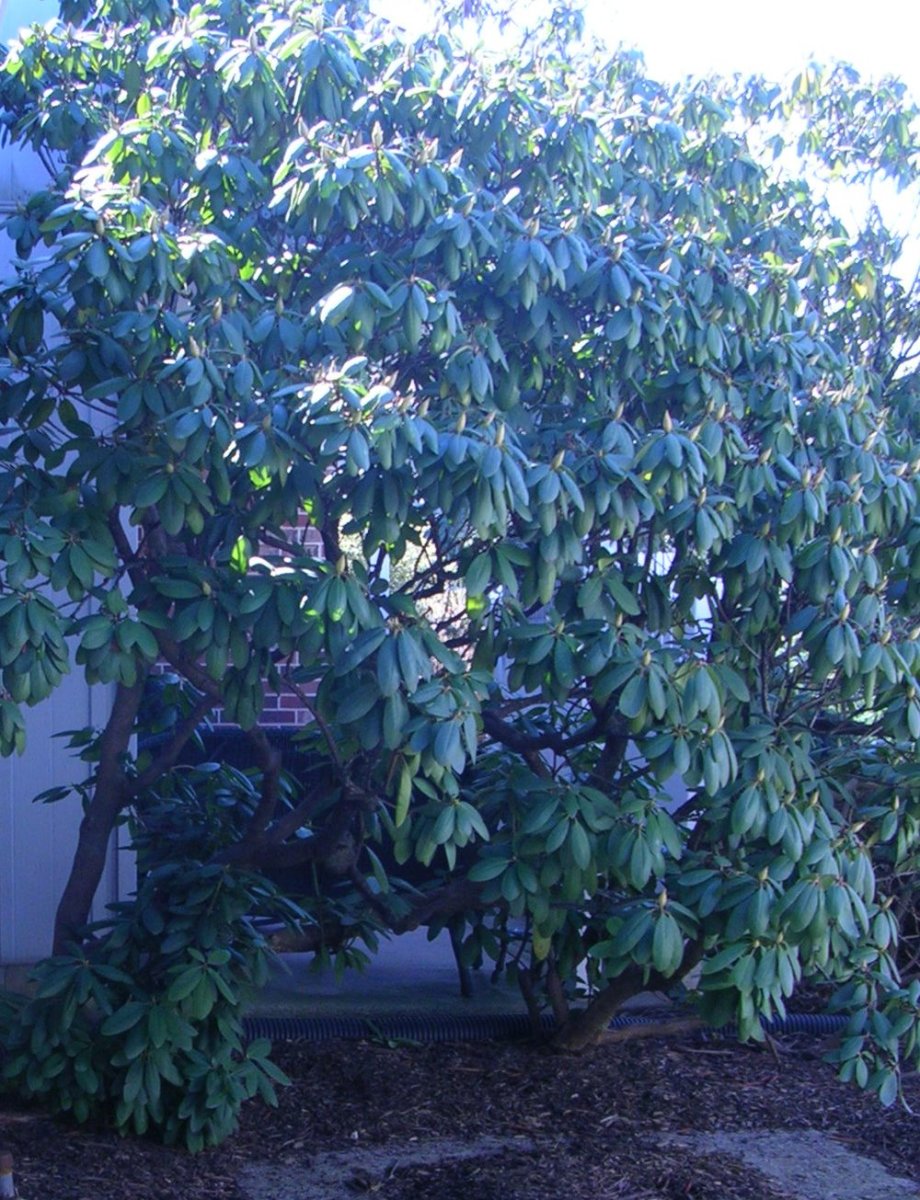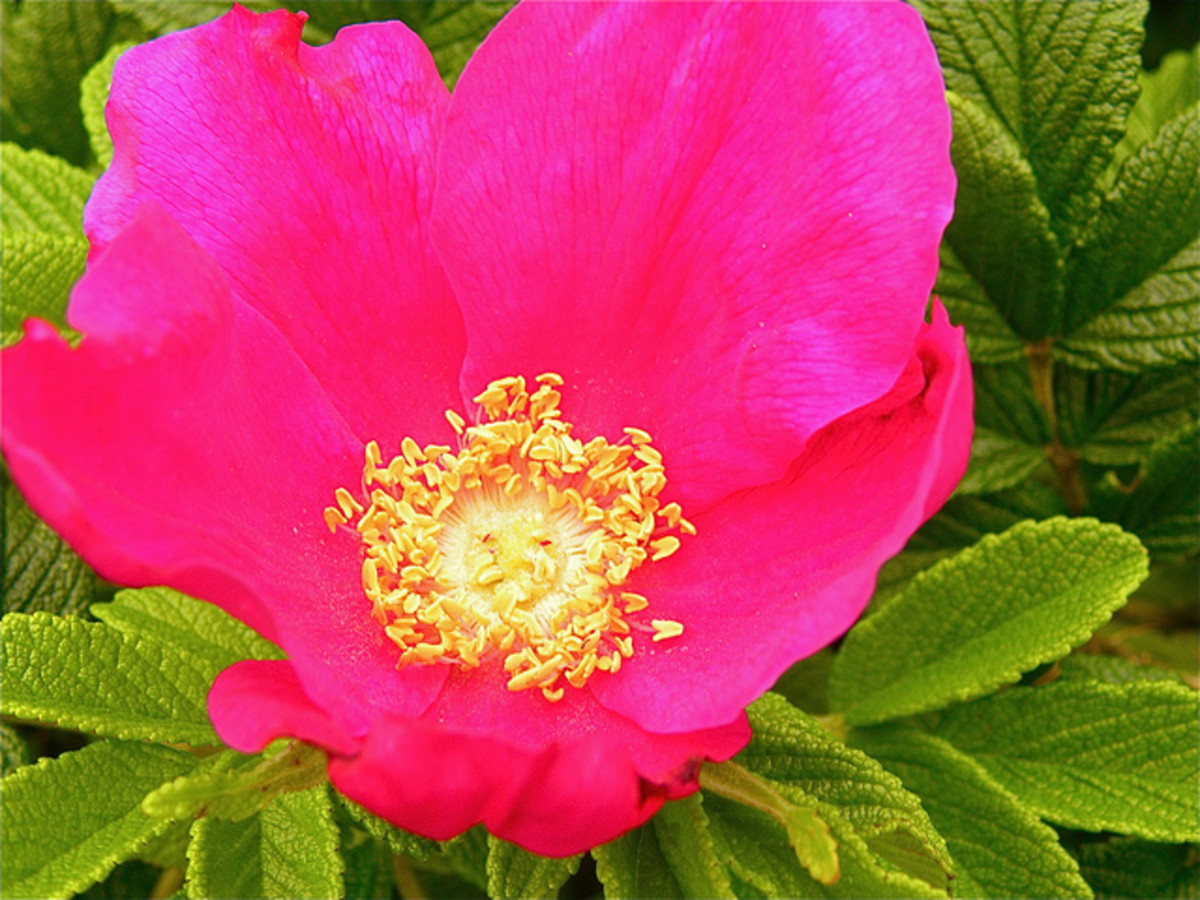Fascinating Topiary
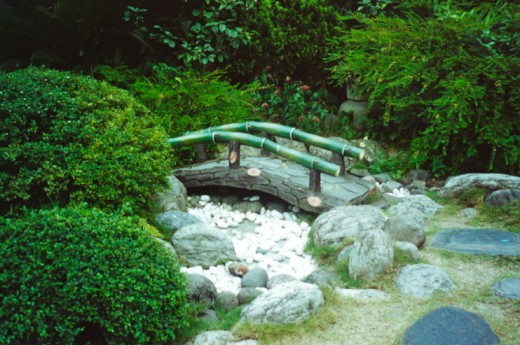
Topiary is a Fascinating Art
I find the art of topiary quite fascinating. Not that I do it myself. I did try once, but the result was so lopsided I thought it best to be an admirer instead of a doer.
Before World War II, sometimes we went for drives on the outskirts of Melbourne at weekends and some people's hedges were amazing. I remember huge cypress hedges where the name of the house or a coat of arms was neatly cut into the thick, green hedge and was easily visible. Then, I guess with the press of life, the fashion seemed to die down and hedges just became hedges again. However, the art of topiary goes much further back.
History
Topiary has been around for a very long time. It probably first became popular in Roman times when Julius Caesar was around. Then it was first recorded that shrubs were clipped into geometrical shapes and shapes of animals in people's ornamental gardens. Over the centuries, its popularity seems to have waxed and waned, waxing when people were living in times of comparative peace and had time for such pursuits, and waning when wars and other distractions took their minds away from horticultural decorations for their gardens.
Topiary in England and Europe
Around the 1500s topiary became popular in Europe where sometimes low hedges of box shrubs were clipped into interesting shapes, sometimes suggested by the way the plants themselves grew. The gardens at the Palace of Versailles have some delightful examples of topiary that are so neat and trim in parterre gardens that follow complicated patterns. These can be quite old as they have been carefully tended for many years and passed on from one generation to the next.
The fashion extended to England about a century later and even small country gardens would have its topiary centrepiece. However, after about another century, the art fell out of fashion until around the middle of the 1800s, when it revived again and was found to be quite charming.
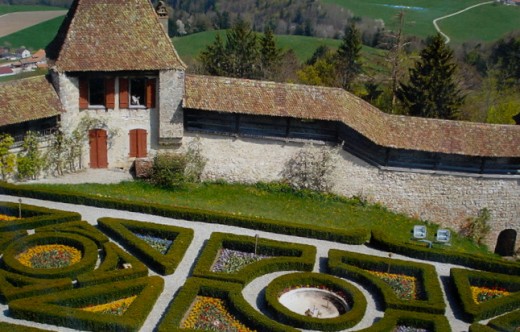
Topiary in America
Topiary was not very popular in America in the 1700s and few gardens had any to show, but it gained in popularity in the late nineteenth century and early twentieth century, especially in the gardens of upper-class Americans. Interest grew, too, in reviving earlier large gardens. One of these was at the Governor's Palace in Colonial Williamsburg, where the topiary maze was replanted in the 1930s.
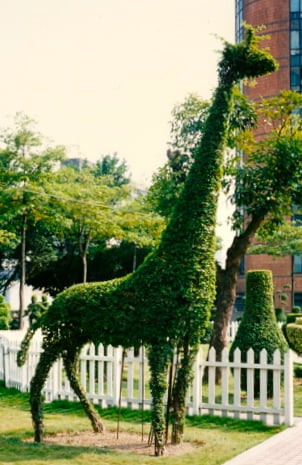
Current Trends in Topiary
Interest in topiary has revived with the introduction of steel wire frames that can be made or purchased. These frames have proved a great boon, as they can be used in quite small gardens with the plant grown in a pot that can be moved from place to place. Topiary frames can also be very large in big gardens and some fascinating shapes have been developed showing a wide range of imaginative and interesting examples.
The frames have been used in two ways: in the first, the shrub is planted and the frame place over it. As the shrub grows it fills the shape and is clipped to remain just outside the frame, helping to keep the shape very well. The second method involves stuffing the frame with sphagnum moss and small shrubs or flowering plants are placed in this. Again, the living plants are trimmed to keep the shape of the frame.
The topiary of long ago required considerable time and patience, but with the introduction of the frame method of growing, pleasing, and, indeed, quite eye-catching and startling results can be obtained much more quickly.
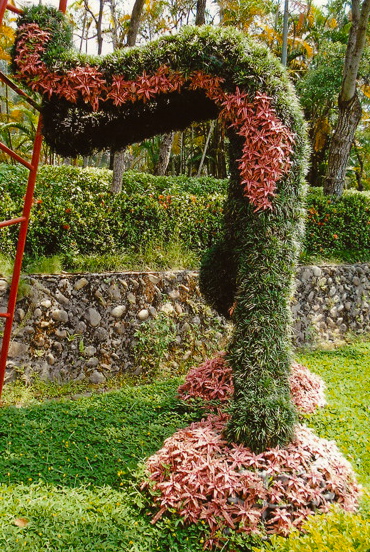
The frames have been used in two ways:
1. in the first way of using the frame, the shrub is planted and the frame place over it.
As the shrub grows it fills the shape and is clipped to remain just outside the frame, helping to keep the shape very well.
By using quick-growing plants and ones of different colours, many pleasing effects may be obtained.
2. The second method of using the frame involves stuffing the frame with sphagnum moss and small shrubs or flowering plants are placed in this.
Again, the living plants, which can be simply green or quite colourful, are trimmed to keep the shape of the frame.

The Use of Frames
The topiary of long ago required considerable time and patience to achieve the desired result. However, with the introduction of the frame method of growing, pleasing, and, indeed, quite eye-catching and even startling results can be obtained much more quickly.
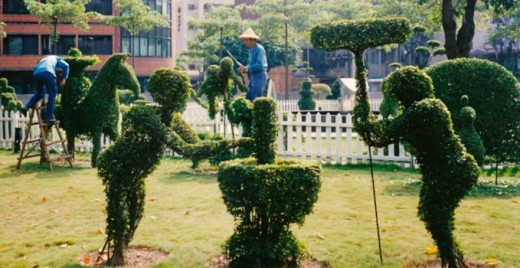
Gardens and Gardening
- Honest-to-God Honesty
The human quality of honesty is important, but this article is mostly about the popular cottage garden plant known as Honesty. - A Small Unit Garden: some ideas
A surprising number of vegetable can be planted in pots and tubs in a small garden. Even when the space is restricted a small Worm Farm can be very beneficial. Discusses how to care for the worms. - How to Choose Plants for Container Gardens
How to choose plants for container gardens discusses the need for good planning before commencing such a project. The choice of decorative plants for growing in containers indoors and outdoors and of edible plants for indoors and outdoors. - Caterpillars, grubs, maggots and weevils
A brief verse, for the Poem a Day challenge for April, and also a look at some types of insects and how they affect our daily lives. - How to Design a Children's Garden
Some useful points to observe when designing a children's garden are space, purpose, age, budget and design. A children's garden may be designed for a space as small as a window-sill or a large area; you need to know your purpose in designing it.

